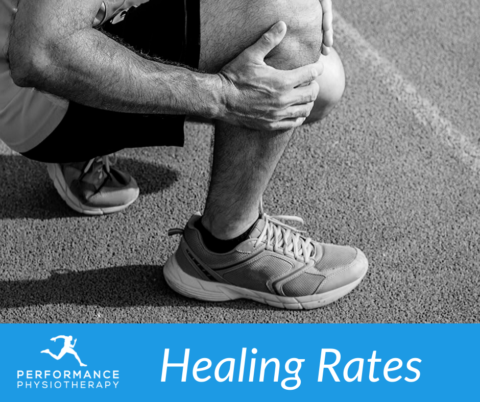
What is Plantar fasciitis? 🤔
Recently we were talking about Achilles Tendinopathy in a different post and discussed the difference between ‘itis’ and ‘pathy’, remember? If not and/or you want to read about Achilles Tendinopathy take a look back on our page. 😊
So, the plantar fascia is the large band of muscle which runs along the bottom of your foot, connecting your heel bone to your toes.
You can develop pain in this region.
The technical term that science likes to use now is Plantar heel pain, so we’ll keep this name for the rest of the post.
The classic symptom of plantar heel pain is a sharp stabbing pain close to the heel.
You’ll usually feel this upon your first steps after waking or any other time where you have walked after prolonged sitting, lying or standing. The pain will also usually be worse after exercising rather than during it.
Why does it happen?
Your plantar fascia is a shock absorber for the arch of your foot so if the stress on it becomes too great, tiny strains can occur which causes pain in the region.
Sometimes the cause of plantar heel pain is unknown and there are also certain risk factors which could make you more prone to developing it such as: Being between 40 and 60, being obese or long periods of standing.
What can we do about it?
The great news is Plantar heel pain responds really well to conservative management (the medical way to say you don’t need surgery or procedures).
So, what does that consist of?
Well, a physiotherapist can create a specific stretching and strengthening programme targeting your plantar fascia and Achilles tendon.
A Physiotherapist can also advise you on taping which supports the bottom of your foot. Orthotics could also be right for you, these are adjustments to your footwear, like insoles, which can support the arch of the foot.
So, with all that being said, Physiotherapy really is the way forward in treating plantar heel pain so get in touch and we’ll see you right.
If this is YOU or you no someone struggling with this, we’d love to help you.





















